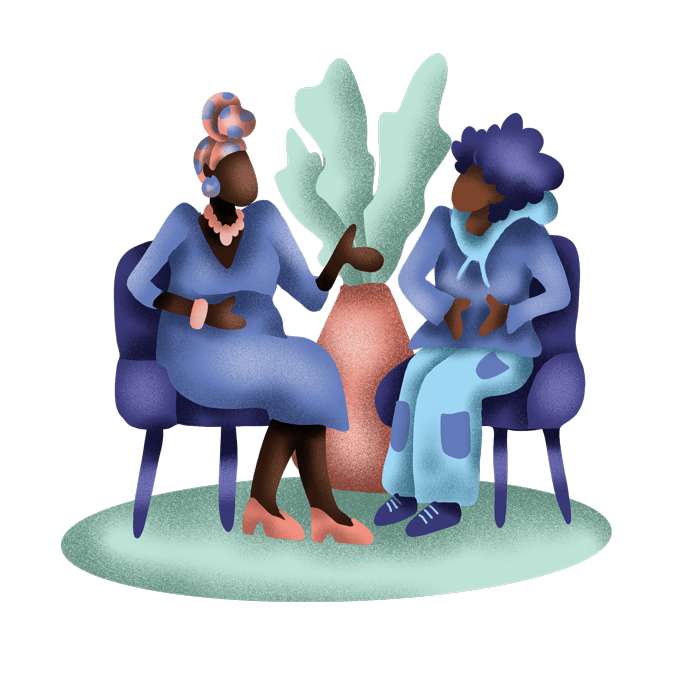What is Domestic and Family Violence?
Different terms
The terms:
- domestic violence,
- family violence, and
- domestic and family violence (DFV)
can be used interchangeably by services and people.
“Domestic violence” is often used to refer to violence used by one person against another person in an intimate relationship (such as their husband, wife, boyfriend, girlfriend or partner).
“Family violence” includes violence against partners but applies more broadly to capture violence within other family relationships such as child and parent or between siblings.
In the Northern Territory, we generally use the term “Domestic and Family Violence” to describe a pattern of behaviour aimed at controlling a partner or family member through fear.
People who use domestic and family violence often use a combination of tactics to gain and maintain control over the other person. These tactics can include physical, sexual, emotional or psychological, financial, spiritual or cultural abuse as well as technology facilitated abuse and stalking.

DFV Legislation
DFV can include criminal and non-criminal behaviour, but it has a specific definition under the
Domestic and Family Violence Act 2007 (NT)
(‘Act’). This is the legislation that governs the making of domestic violence orders by the courts to protect people from DFV.
Domestic violence is specifically defined in the Act as:
- Conduct causing harm
to a person’s physical or mental health:
- Temporary or permanent
- includes unconsciousness, pain, disfigurement, infection with a disease, and any physical contact a person might reasonably object to, whether or not they were aware at the time
- Harm to mental health includes significant psychological harm
- Damage to property, including injury or death of an animal
- Intimidation
- Stalking
- Economic abuse
- Attempting or threatening to commit any actions listed above
Domestic relationship under this legislation is defined as:
- Partner or ex-partner
- Dating (1 night)
- Housemate
- Carer or guardian
- Relative (Includes relatives according to Aboriginal tradition)
- Relative of a child
The NT Government is currently reviewing the Act, and it is expected that the definition of domestic and family violence will be updated to reflect more modern understandings of domestic and family violence as a pattern of abuse over time.
To request further training on 'Identifying and Responding to Family Violence' for your organisation, please contact CAWLS.
National Helplines: